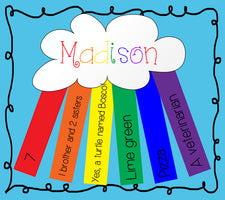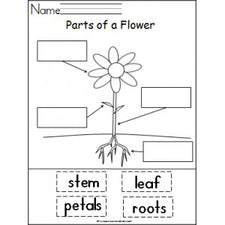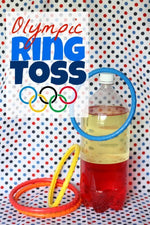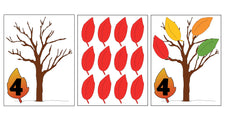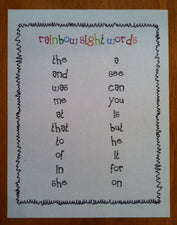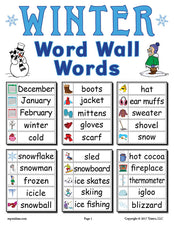The Science of Snow

As the seasons change, use the cold weather to your advantage by introducing your kindergartners to the science of snow! Here are several lesson ideas to use this winter.
Measuring Snowfall
If you live in a state that gets a lot of snow (and snowstorms!), keep tabs on the weather so that you can take advantage of this great science and math activity when the next storm hits (that is, if it doesn't cause a snow day!). Here's the idea:
- Visit Weather.com or your local news station's website for the snow forecast to find out how much snowfall is expected.
- Have students make predictions on whether the actual amount of snow will be the same, more, or less than the amount forecasted.
- Keep a classroom tally of student predictions. Discuss how simple, columned charts make it easy to organize data for further use. Invite students to compare the tallies in each column using terms like most, least, more than, less than, etc.
- Provide students with a container to place in a secure location outside for collecting and measuring the amount of snowfall. [NOTE: Make sure the container has a flat bottom.]
- After the storm, bring the container inside and measure the results, comparing it to both the forecast and predictions.
As an extension (and more science fun), let the collected snow melt and measure the amount of liquid left. Is it more or less than the snow in its solid form? Discuss with your students the basics of the water cycle and how snow is created.
Fun with Snow Crystals
Amaze your kindergartners with an up close look at snow crystals!
Preparation for the activity. Begin by explaining that snow is actually made up of billions (and actually many many more!) of tiny crystals. Search online for pictures of magnified snowflakes, creating a slideshow of the different shapes and structures to show your students what to expect during the activity. Then, arming your students with magnifying glasses, practice proper viewing technique on small classroom objects. While they may have used one before, don't take for granted that your students will actually know how to hold it and manipulate the size of the object being viewed.
Snow crystal activity. Place a stack of black construction paper into the freezer, keeping the paper there until it begins to snow and you're ready to go outside. The cold paper will "preserve" the snow crystals long enough for students to investigate (i.e. the flakes won't melt as fast on the chilly surface). Once outside, invite students to catch snowflakes on the black paper and use their magnifying glasses to view the crystals noting any patterns, symmetry, and structural components (as much as they can!). Your kindergartners will be amazed at this wonder of nature!
While winter can seem to drag on and on, take advantage of the many math and science learning opportunities the cold weather brings!
